I accepted my first principal position in 2000. I was excited at the prospect of leading and creating a culture of learning and continuous school improvement. I set my focus on developing a comprehensive plan for curriculum and instruction, expanding programming, and onboarding new staff. With my skilled and dedicated teachers, we received formal recognition for our curriculum work. Not only was hard work essential to achieve our goals, but it also required money, and getting money was the easiest part. Having a supportive pastor and financially sound parish allowed us to move forward in many improvement initiatives. It was what I fondly remember as the school budgeting “good old days”.
Fast forward 15 years and three schools later, I identified two areas of needed improvement, instructional programming, and a plan to increase teacher salaries. Both initiatives required substantial funding. At the same time, our school enrollment was declining and unsurprisingly parish financial commitments decreased as fewer parishioners participated in stewardship. The school had been dependent on the deep pockets of parents to accomplish its goals and thus, there was no funding strategy. To move forward with our important work my focus quickly became fund development planning, aka getting the money.
Fund development planning requires a team of dedicated individuals and a clear direction. Here are some valuable points to help guide your work.
- Using a SWOT Analysis
It is important to look at your school’s current situation with your newly established fund development team. Diving deep into Strengths, Weaknesses, Opportunities, and Threats will guide you in your planning and define your objectives. - Donors
Identify alumni, parents, grandparents, and businesses in your community that have demonstrated interest in your school’s mission. With those key persons identified, develop strategies to build those relationships while determining methods of solicitation. Create opportunities for outreach, appeals, and giving. Keep in mind, your beginning touchpoints should focus on positive and consistent communication about your school before an “ask” is made. - Create a Database
It is vital to create a database of alumni, parishioners, grandparents, and businesses. Again, it is important to include personal or face-to-face solicitation with each group. Outreach should be enhanced through your school’s marketing team. - Development Funds
Categorize your plan into three areas: What, Three-year periods of Results, and Future Expectations. - Development Action Plan
This section of the plan is comprised of actionable items and the persons responsible. Categories include What, Who, When, Status, and Expected Results - Measuring Success
Annually, measure the following areas: Donation amounts, Number of new prospects, Number of reoccurring donors, Effectiveness of relationship-building strategies, and Number of pledges.
We experienced an increase in funding by effectively engaging and building positive relationships with our donors. By following our plan, getting the money became much easier.


